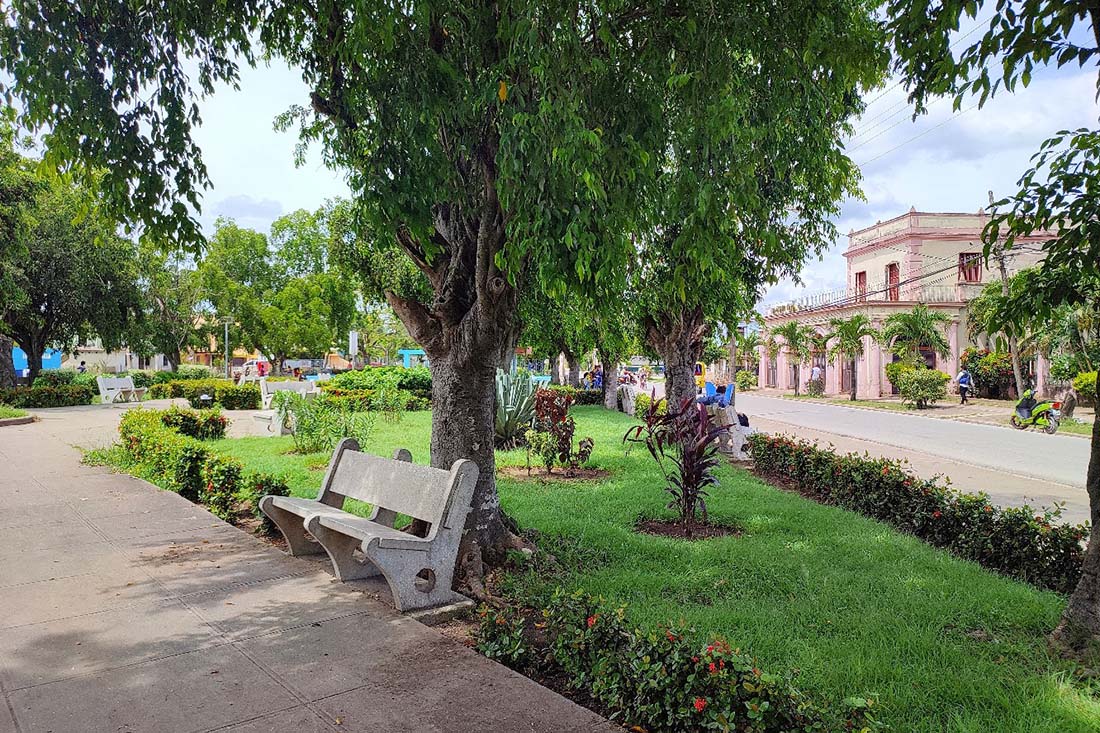The urban and toponymic transformations produced over the years in Camagüey city, allow not only a contextual reading of its evolution, but also to interpret the city codes from a symbolic analysis.
A little history
Merchants were the ones that had the greatest impact from the urban point of view in Camagüey in the 19th century. According to Marcos Tamames, perhaps they are the ones to whom the change in character from a cattle-raising city to a service or commercial city is due, in correspondence to their administrative functions within the jurisdiction and on the Island. To this, we could add its possible contribution to the character of an intermediate city..
They were involved with the paving of streets, the renovation of urban furniture in walks and avenues, among other aspects. They had the capital to deal with transformation on an urban scale. Among the most important city codes provided between 1800 and 1868 is the O’Donell road, at the west entrance, from the Havana square to Santa Ana church.
Havana Square
Precisely, of Havana square we must say that it underwent different transformations over the years. Located in front of Quinta Simoni, it was known in this way for being on the Camino Real de Cuba in the direction of the country’s capital, and being a place where travelers and merchandise that left or arrived from the west used to concentrate. In 1923, it was agreed to officially call it Carlos Manuel de Céspedes park.
José de la Luz y Caballero Children’s Park
In 1952 there was an attempt to change the name. It was thought to replace it with that of José de la Luz y Caballero, but the City Council rejected the request, giving the name of the distinguished Cuban teacher and thinker only to the children’s park, also located in the area. This appointment occurred on September 26th, of that year.
They are not just names
Now, it is valid to add that the change of name of an institution, square, street, implies, from a symbolic language, a new type of association; that often fails to completely break the previous existing relationship, because it involves at the same time a transformation in daily life.
Assimilation often occurs slowly, which is why, on different occasions, it is not profitable to make the change, since it does not materialize in the social imaginary. Taking into account such arguments, it can be concluded that these may have been some of the reasons why said appointment did not bear fruit.
Bibliography
Iglesia Utset, Marial. Las metáforas del cambio en la vida cotidiana: Cuba 1898-1902. La Habana: Ediciones Unión, 2010.
Tamames Henderson, Marcos. Protagonismo urbano en Puerto Príncipe entre 1800 y 1868. En Cuadernos de historia principeña 3. Patrimonio Legado al siglo XXI. Camagüey: Editorial Ácana, 2004.
Translated by: Aileen Álvarez García






